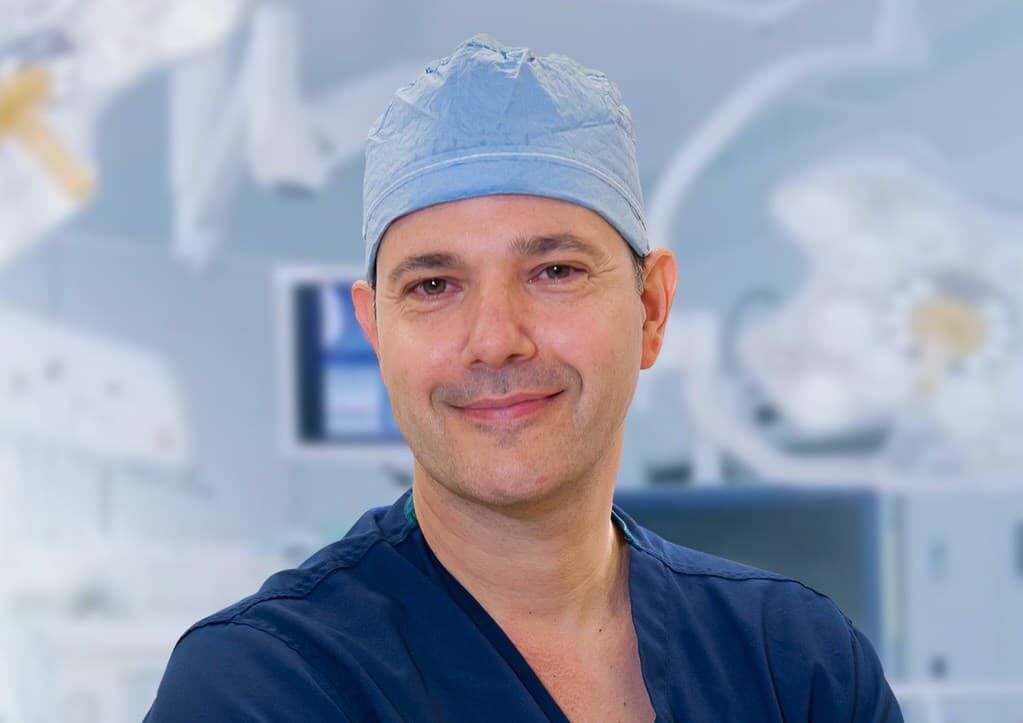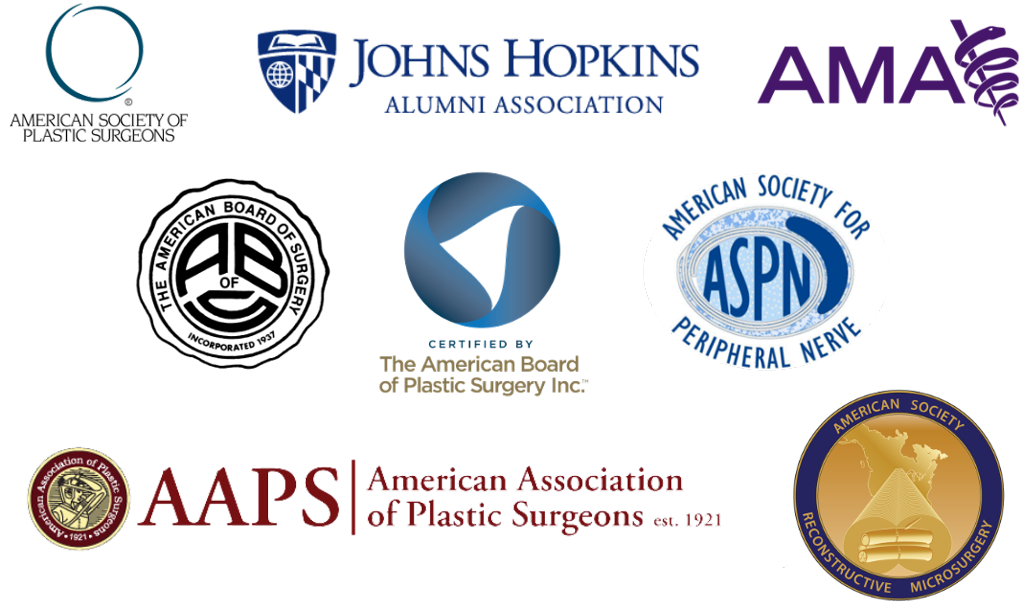Shai M. Rozen, M.D., F.A.C.S.
1801 Inwood Road
Dallas, TX 75390
Phone: (214) 645-2353
Monday–Friday: 8 a.m.–5 p.m.
Neck Lift in Dallas, TX
The neck is one of the first areas to be affected by aging. Whether you’re bothered by crepey skin, lack of definition, vertical neck bands, or all of these concerns, Dr. Shai Rozen can restore firm, youthful contours with a neck lift in Dallas. He is a board-certified plastic surgeon who understands that facial aging doesn’t end at the jawline. While neck lifts typically complement facelift surgery, there are cases when a neck lift provides the desired results on its own.
View Before & After Photos
What are the benefits of a neck lift?
Neck lifts address aging of the neck by accomplishing the following:
- Repositioning lax, crepey skin
- Restoring definition between the jaw, chin, and neck
- Repairing vertical banding
- Reducing horizontal neck creases
- Removing excess fat
Most facelift procedures include a neck lift to provide harmonious rejuvenation and a balanced and natural face.
Dr. Shai Rozen
Dr. Rozen's expertise in facial paralysis surgery makes him uniquely qualified as a plastic surgeon. Patients benefit from his:
- In-depth knowledge of facial nerves and anatomy and their relationships to facial appearance, expression, and sensation.
- Refined eye for facial symmetry and aesthetics.
- Adept surgical skills refined by performing highly complex microsurgical facial procedures.
- Patient-centered approach that values the individual's unique needs, concerns, and aesthetic goals.

How is a neck lift performed?
Dr. Rozen usually performs neck lift surgery using incisions that begin in front of the ear, extend under and behind the ear, and along the hairline behind the ear. When combined with a facelift, he can use the same incisions. Often, Dr. Rozen makes an additional well-concealed incision behind the mental crease under the chin to access the middle neck, platysma muscle, and other deeper structures of the neck, such as the digastric muscle and submandibular gland, based on the unique features of each individual.
A good neck lift concentrates less on excising skin and more on repositioning the deeper structures of the neck. Additionally, removing fat in certain areas while sometimes adding fat in others helps obtain an optimal result. The next step is to remove the excess skin. The goal is to restore a youthful contour between the neck and chin (cervicomental angle) and further define the jawline.
Once the surgery is complete, Dr. Rozen sutures the incisions closed and places 1 or 2 drains to prevent fluid from building up and minimize post-surgical swelling.
What is a deep plane neck lift?
As with facelifts, there are many different terms used to describe neck lifts. In general, “deep plane” refers to procedures involving a plane deep of the SMAS (superficial musculoaponeurotic system) layer in the face and platysma muscle in the neck. The advantage of such approaches is that they allow the repositioning of deeper and superficial structures with the SMAS and platysma. Deep plane approaches also allow the skin to be repositioned and closed without tension, a key to obtaining a natural look.
The truth is that each patient is unique, and an experienced surgeon should be able to tailor the technique to their needs while safely achieving consistent results. A thorough knowledge of the anatomy, including that of the facial nerve, is essential to perform these procedures well and safely. In addition to performing numerous facial aesthetic procedures, Dr. Rozen is one of the world’s leading experts in treating facial paralysis and has treated patients with facial nerve injuries from around the world, partly from these aesthetic procedures performed elsewhere. Therefore, it is important that your surgeon is experienced and has in-depth knowledge of the anatomy combined with a passion for aesthetics with utmost safety.
Dr. Rozen’s in-depth knowledge of the facial anatomy and performance of advanced techniques allow him to address additional concerns beyond the skin during neck lift surgery, which may include:
- Fat deposits under the platysma muscle (subplatysmal fat)
- Enlarged submandibular glands
- Overdeveloped digastric muscles
Can a neck lift be performed without a facelift?
Yes, but the patient should have realistic expectations for their results. Dr. Rozen typically performs facelifts and neck lifts together. In some individuals, especially men with significant excess skin in the neck, Dr. Rozen can perform direct skin removal as long as they clearly understand where the resulting scars will end up.
What is recovery like after a neck lift?
You will return home on the day of surgery, possibly wearing a small compression garment to support your neck while it heals and likely with 1 or 2 drains. Discomfort after neck lift surgery is typically mild and controlled with prescription medication for the first few days. Expect your neck to feel tight until the skin and tissues relax.
- Drains removed: 1 to 3 days
- Swelling and bruising subside: 2 to 3 weeks
- Return to work and non-strenuous activities: 2 weeks
- Resume strenuous activities: 4 to 6 weeks
- Final results: 6+ months
How long should the results from a neck lift last?
In general, neck lift results last at least 10 years; however, some patients require touchups earlier, especially those with short necks who had very loose skin with significant skin redundancy before the surgery.
Next Steps
To learn more about neck lift surgery and other facial rejuvenation procedures, request a consultation to meet with Dr. Rozen at UT Southwestern or to schedule a virtual consultation.


